|
Me and my husband had a wonderful time visiting London and Salisbury. I bought some lovely silks at the Silk Society and browsed the speciality threads and beads at the London Bead Company. However, we both enjoyed our trip to the Victoria & Albert Museum with the Opus Anglicanum exhibition the most. As not all my readers are in the luxury position to hop over to England to visit this outstanding medieval embroidery exhibition, let's review the excellent exhibition catalogue! The exhibition catalogue 'English Medieval Embroidery Opus Anglicanum' weighs in at a staggering four pounds, has 310 pages with many (and I really mean MANY) high quality pictures. In my opinion, the pictures are the real gem of this catalogue. Not only are they so detailed that you can see the individual stitches, they are also much better in conveying the detail and the vividness of the embroideries than the originals in the exhibition. Because, as always, ancient textiles need protection form light and thus the levels of lighting in the exhibition are nowhere near to those used when they photographed these objects. In addition, many more objects are illustrated in the 7 chapter's texts than were present in the exhibition! Especially those residing in other parts of the world. So who knows, maybe you are living near to one of these gems and you could easily go for a visit! The first chapter details the technical part of the Opus Anglicanum embroidery and when it was in use. It describes the silk split stitching of the figures and the underside couching of the gold threads for the background. I was most surprised to read that medieval gold thread makers were able to make gilt passing only 0.25-0.30 mm thick! The second chapter describes the use of the different embroidered vestments in the Roman Catholic church. It pinpoints Opus Anglicanum embroideries held in museums and churches ranging from Hildesheim in Germany, Vienna in Austria to Chicago in the US. This diaspora has helped the survival of these medieval embroideries after the Reformation. The lives of London embroiderers and the details of their trade are described in the third chapter. Interestingly, in the older records from the 13th and 14th century, women make up the majority of the work force. Then men start to push them from the documentary record. Maybe this had something to do with the craft becoming better organised and the establishment of a guild? A surviving bill shows that women embroiderers were paid far less than men... Chapter four shows that English embroideries were very popular with the papal curia in continental Europe. Examples can be found in the Cathedral treasuries and museums of Italy and Spain. However, by the 14th century, Opus Anglicanum starts to become less fashionable and embroideries from Italy take over. The fifth chapter places the art form of embroidery in a wider artistic context. Many parallels between paintings and embroideries are illuminated. Whereas chapter six looks at the changing embroideries on vestments dating from the second half of the 14th century up to the Reformation. The trade becomes more fragmented with prospective buyers assembling the parts of vestments from different sources. Embroidery is increasingly appliqued onto a background. I best enjoyed the seventh chapter which placed the English embroideries into a wider mainland European context. This greatly enhances my knowledge of embroidery on medieval vestments; particularly from more central European countries like the Czech Republic. The remaining part of the book is devoted to a thorough catalogue of all the pieces in the exhibition. Beautiful detailed pictures provide a rich banquet of eye candy! The best of the best? The Toledo cope from AD 1320-30 covered all over with saints, scenes of the life of the Virgin and wonderfully detailed birds. This is my absolute favourite; don't you agree? The catalogue is widely available through online sources like the V&A shop and comes at a price of 35 GBP or about $ 75. And then there is another brand new book on the topic, also available from the V&A: The age of Opus Anglicanum. It contains nine scientific papers on the subject, mainly written by the people who also contributed essays aimed at the general public to the exhibition catalogue. I haven't read it yet, but if you are also, like me, interested in a more thorough covering of the subject, this might be worth its 89 GBP or $ 143. However, the quality of the pictures is much better in the catalogue. More interesting however, is its promise written on the inside sleeve: 'This volume, the first to appear in a series on English Medieval Embroidery...'. Yeah, bring them on good people of the V&A!
So, for a number of you, my dear readers, it is now time to prompt Santa to make sure you find a copy of the exhibition catalogue under your Christmas tree :). On a more personal note: sadly, upon our return from England, my husband was told that the company he works for closes its archaeological department. Not the sort of Christmas' present we wished for, I can assure you. As I now help him in finding a new job, it will undoubtedly impair on the time I can spend on my own embroidery endeavours, but I will try to keep my weekly blog posts upright!
9 Comments
|
Want to keep up with my embroidery adventures? Sign up for my weekly Newsletter to get notified of new blogs, courses and workshops!
Liked my blog? Please consider making a donation or becoming a Patron so that I can keep up the good work and my blog ad-free!
Categories
All
Archives
July 2024
|
Contact: info(at)jessicagrimm.com
Copyright Dr Jessica M. Grimm - Mandlweg 3, 82488 Ettal, Deutschland - +49(0)8822 2782219 (Monday, Tuesday, Friday & Saturday 9.00-17.00 CET)
Impressum - Legal Notice - Datenschutzerklärung - Privacy Policy - Webshop ABG - Widerrufsrecht - Disclaimer
Copyright Dr Jessica M. Grimm - Mandlweg 3, 82488 Ettal, Deutschland - +49(0)8822 2782219 (Monday, Tuesday, Friday & Saturday 9.00-17.00 CET)
Impressum - Legal Notice - Datenschutzerklärung - Privacy Policy - Webshop ABG - Widerrufsrecht - Disclaimer

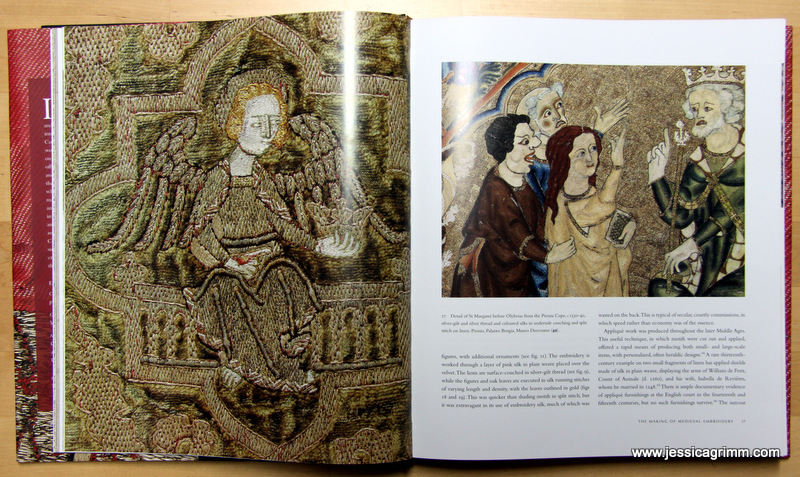
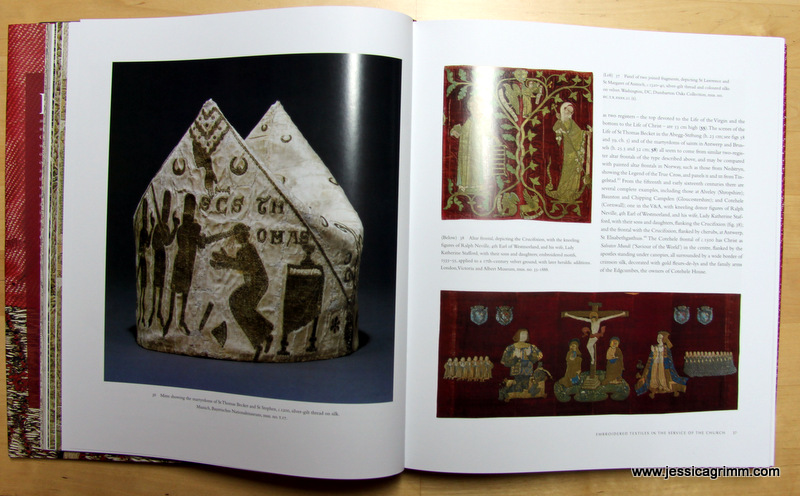
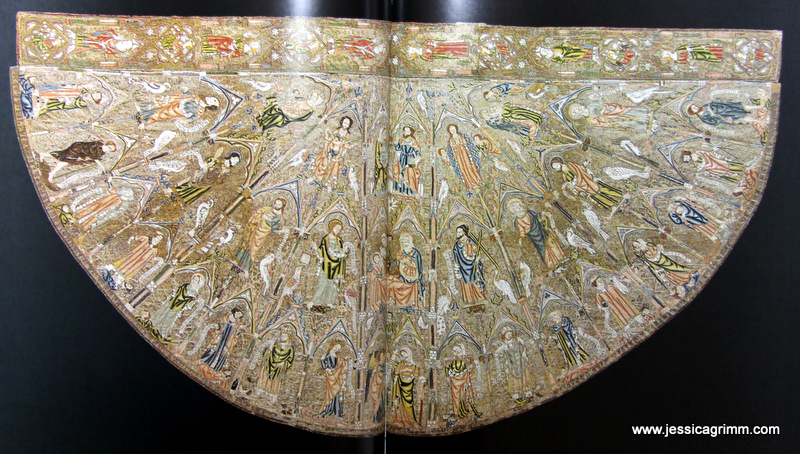
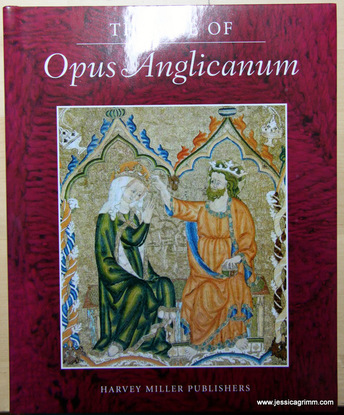
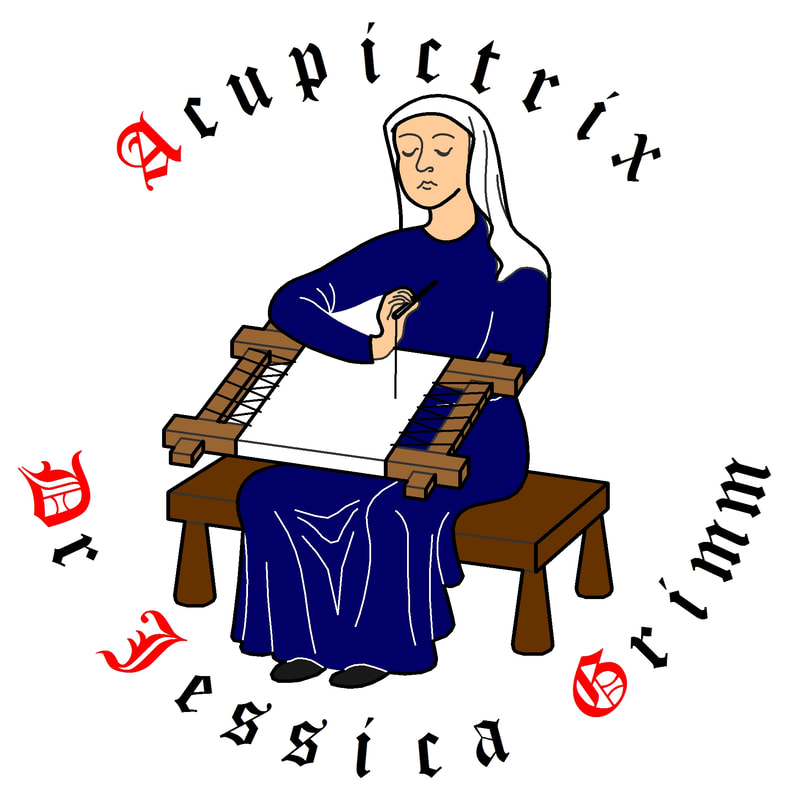



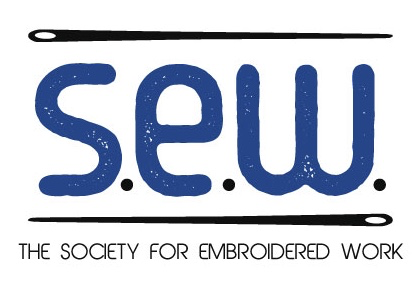
 RSS Feed
RSS Feed